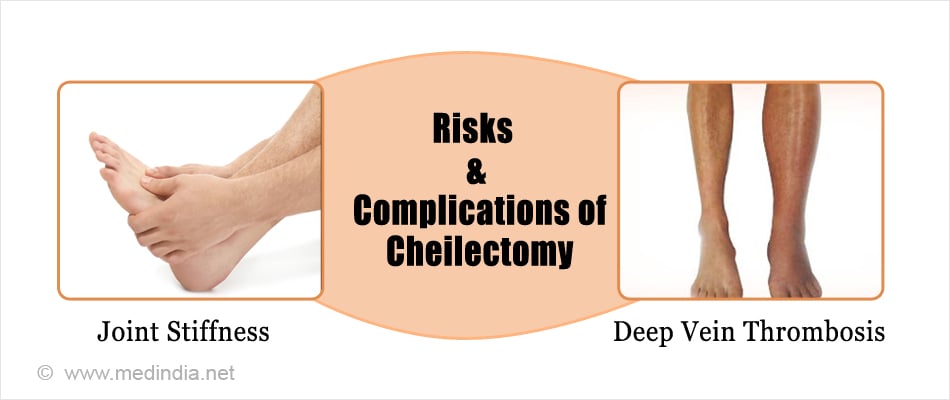What is Cheilectomy?
Cheilectomy is a surgical procedure which involves removing the excess bone growth at the base of the great toe.
The base of the great toe is formed by the metatarsophalangeal joint. The joint is formed by the first foot bone and the proximal phalanx of the great toe.
Why is it done?
Cheilectomy is performed to remove the excess bone growth at the base of the great toe, most often due to hallux rigidus.
Hallux Rigidus: The arthritis of the first metatarsophalangeal joint is called hallux rigidus. The symptoms include pain, stiffness and inability of the great toe to move. Cheilectomy is suggested to the patients with hallux rigidus if they fail to improve with medications and injections into the joint.
The main goal of cheilectomy is to reduce the pain and improve the joint function.
Occasionally, the bony lump, in the absence of arthritis may cause pain and discomfort by pressing on shoes; in such a circumstance, surgery may be the only option for relief of symptoms.

What are the Types of Cheilectomy?
Cheilectomy is performed in one of the two methods.
- Open method
- Arthroscopic method
How do you Prepare before Cheilectomy?
Careful patient evaluation is necessary.
The degree of the joint degeneration should be assessed before doing the surgery.
- X-ray of the joint: X-ray provides a radiological image. It helps to determine the extent of the lump and the degree of the joint degeneration.
One to two weeks before the operation:
- You will be informed to avoid medications like aspirin, ibuprofen and other drugs which will interfere with clotting and increase bleeding during surgery.
- Avoid smoking and alcohol.
- Your skin has to be treated for any infections or irritations if present before surgery.
- Before the surgery the patients should undergo a few routine tests to evaluate the general health and fitness of the patient and to check his heart, lung and kidney function to determine type of anesthesia best suited for the procedure.
- Complete blood count
- Complete urine examination
- Clotting and bleeding time
- Viral screen including hepatitis B, C and HIV
- Chest x-ray
- Electrocardiogram
A day before the procedure:
You may be asked to fast from the midnight before the day of the procedure, if your procedure is scheduled in the morning.
On the day of the procedure:
You need to report to the hospital early on the morning of surgery. Take the suggested medicines with a sip of water.
What Happens During the Surgery?
Just before your surgery, you may have to wait in the waiting area. You will be taken into the operation theater once it is ready for your surgery.
You will be made to lie on the operation table. The environment in the operation theatre may be daunting. To calm your nerves down, you may be sedated.
The anesthesia for your surgery may be one of the following types:
- General anesthesia: If you are given general anesthesia, you will be asleep during the procedure. This method is not usually employed.
- Local anesthesia: The skin around the joint is infiltrated with the anesthetic agent and the area becomes numb and you won’t feel the pain. You will be awake during the operation.
- Regional anesthesia: Regional blocks are also used to anesthetize the required site. You will be awake during the procedure.
The advantages of local or regional anesthesia include faster recovery time, ability to resume normal diet immediately and a shorter stay in the hospital.
Cheilectomy Operation
Cheilectomy is performed by either of the following methods.
- Open Method: An incision will be given on the joint on the side of the big toe. The tendons are carefully handled. The excess bone growth spurs are removed. 30% of the head of the metatarsal head is excised. The cartilage is inspected. If there is any inflamed tissue or debris that will be flushed out and the joint is cleaned.. The wound is then sutured and a dressing applied to cover the wound.
- Arthroscopic Method: It is a minimally invasive procedure. The procedure is performed through more than one small incision and with the help of camera guided images that are projected on the monitor.
What Happens after the Cheilectomy?
The procedure is usually performed under local or regional anesthesia. Postoperative recovery will be prolonged if general anesthesia has been administered.
After finishing the surgery you will be in the recovery room for some time until vital signs stabilize and you feel comfortable.
- You will be permitted to have a normal diet immediately afterwards if local or regional anesthesia has been employed. Otherwise, oral diet will be resumed after bowel motility begins.You will be mostly discharged on the day of the procedure unless you have other illness or postoperative pain which needs hospital care. In the case of general anesthesia, an overnight stay in the hospital may be necessary.
Post-operative instructions following discharge:
- Take the suggested pain medications.
- Elevation of the foot helps to reduce the foot edema. Try to elevate the foot as much as possible for a week after the procedure.
- Darco shoes give the comfort after the surgery. You may use them while walking and standing.
- Using the crutches will help you to decrease the strain on the foot. You may gradually walk without crutches in 1-2 weeks.
- The dressing over the wound should be strictly dry, take care not to wet while taking a bath.
- You will have to take the physical therapist help to start exercises and gentle stretching of the toe in the operated joint to prevent stiffening.
Follow-ups
You will be asked to come for a review visit 2 weeks after the procedure. The sutures will be removed during the first post-operative visit. If necessary another visit may be advised around 6-8 weeks and if recovery has progressed well, no further visits will be necessary.
What are the Risks and Complications of Cheilectomy?
The complications after the procedure are:
- Anesthesia-related complications
- Infection
- Bleeding
- Pain in the ball of the great toe
- Injury to the tendons
- Injury to the nerves around the joint
- Deep vein thrombosis
- Stiffness in the joints of the toes
- Thickened scar tissue formation
- Need for repeat surgery











